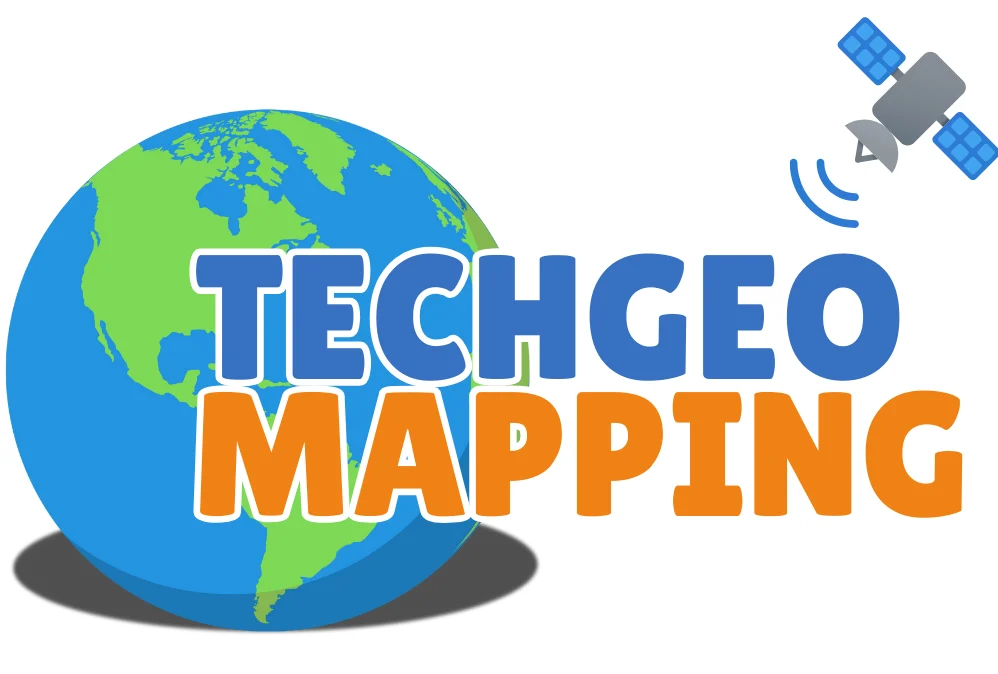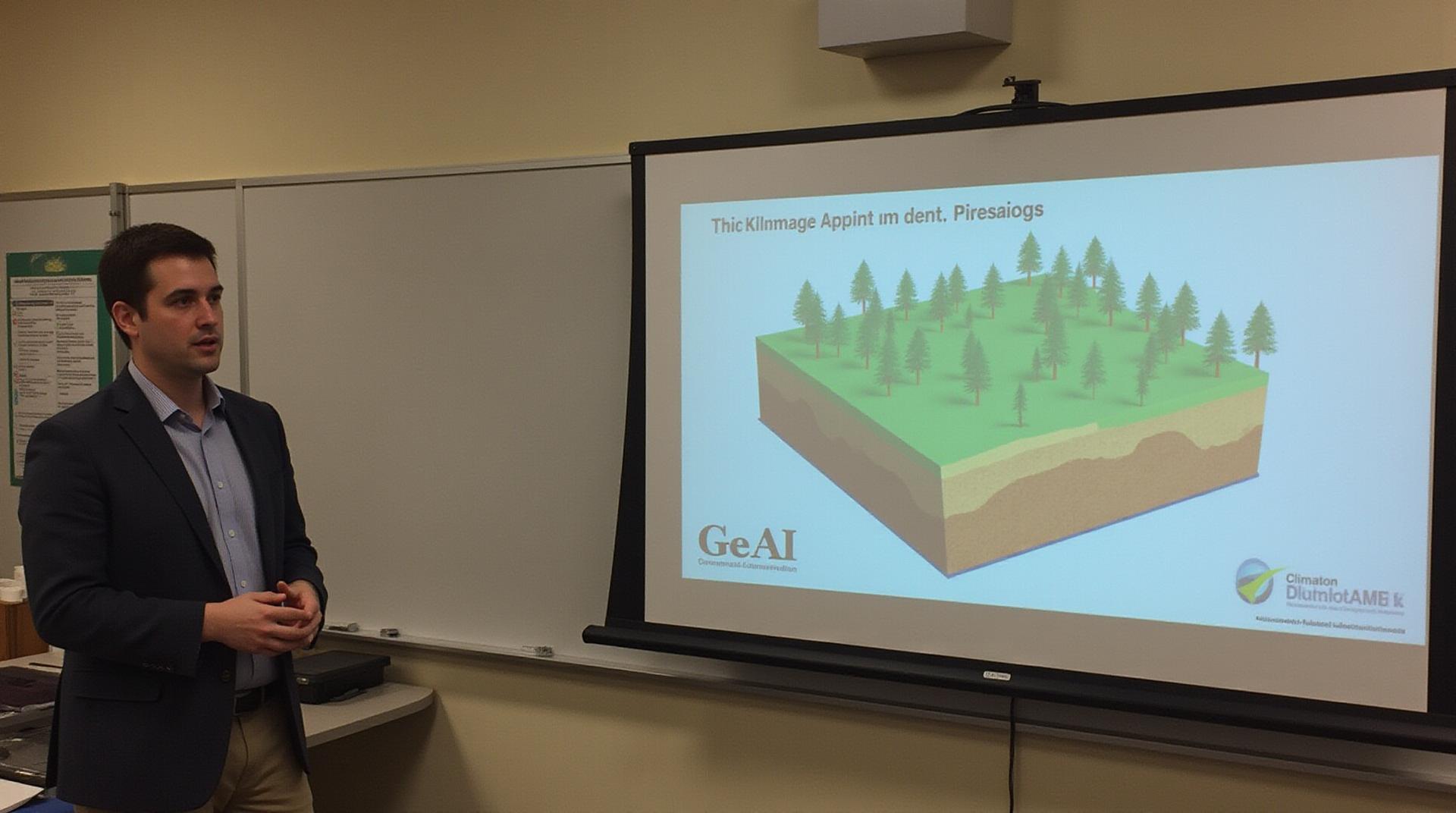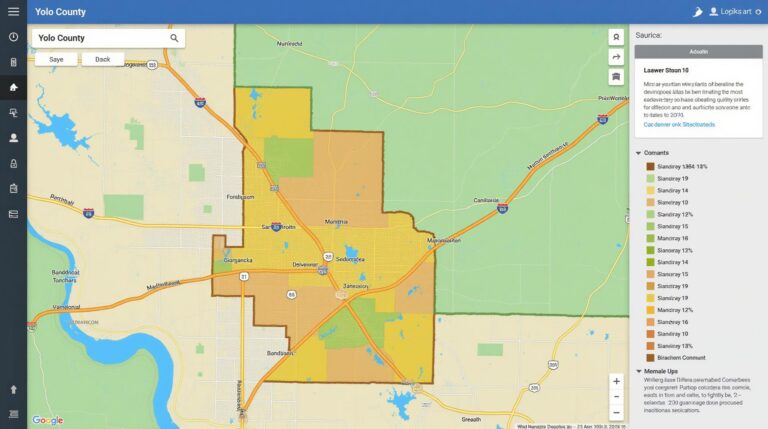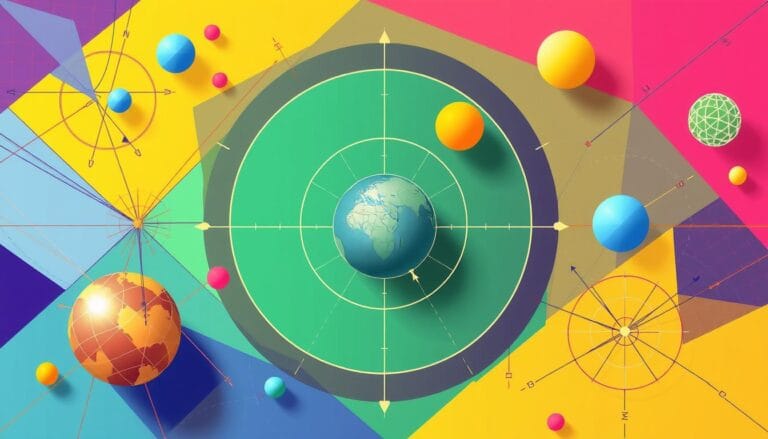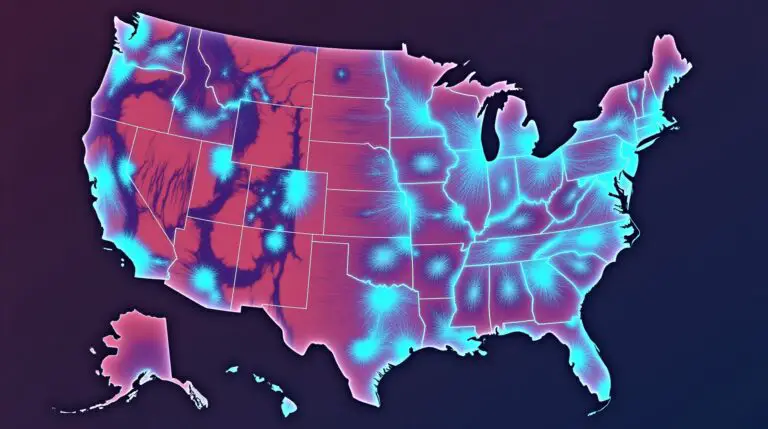GeoAI for Climate Adaptation Strategies – Environmental Modeling
GeoAI for Climate Adaptation: Environmental Modeling
Our planet is facing an unprecedented climate crisis. Extreme weather events are becoming more frequent and severe, causing widespread damage to infrastructure, agriculture, and even human lives. Moving forward, we need innovative solutions to build resilience and adapt effectively to changing environmental conditions. Enter GeoAI – the synergy of geospatial data and artificial intelligence.
What is GeoAI?
GeoAI leverages the power of artificial intelligence and other related technologies, such as natural language processing and machine learning, to analyze and interpret geospatial data. This data encompasses the Earth’s physical and environmental complexities, presented in maps and visualizations representing location, time, layers, and relationships. By processing this vast information, GeoAI generates insights and predicts outcomes that can inform adaptive strategies in various domains.
Key Features of GeoAI
- High-resolution data analysis: GeoAI can analyze fine-grained satellite imagery, aerial photographs, and LiDAR data to understand complex terrain features, identify erosion patterns, and monitor deforestation rates.
- Predictive modeling: GeoAI can generate forecasts on future risks like floods, droughts, and landslides using historical climate data and geospatial analysis techniques.
- Automated decision-making: Advanced algorithms can identify optimal locations for reforestation efforts, develop early warning systems for extreme events, and optimize resource allocation for mitigation.
- Continuous monitoring: Real-time environmental data capture and analysis allowing adaptation planning based on current conditions and further predictions.
Benefits of GeoAI for Climate Adaptation Strategies
GeoAI empowers numerous benefits for climate adaptation, driving smarter, more effective decisions by transforming the process of prediction and action:
- Improved Resilience: GeoAI helps identify flood-prone areas, vulnerable infrastructure, and areas prone to other climate-related risks. This information enables proactive measures like building sea walls and upgrading drainage systems in high-risk areas.
- Optimized Resource Allocation: Identifying areas needing water conservation or wind tunnel mitigation based on accurate predictions through climate model simulation.
- Policy & Planning: GeoAI provides density and cost breakdowns for natural disaster management in public agency budgets. This data improves the efficiency and effectiveness of climate change mitigation and adaptation projects.
- Predictive & Proactive Planning: AI can foresee climate change impacts. GeoAI contributes to robust disaster preparedness, like early warning systems for hurricanes
Practical Applications of GeoAI for Climate Adaptation
Real-world examples of GeoAI in action demonstrate its potential in addressing climate challenges:
- Coastal adaptation & resilience: Modeling sea-level rise, erosion patterns, and coastal flooding to inform coastline protection strategies, constructing reinforced seawalls and implementing land-use policy adjustments.
- Fire management & protection: Utilizing GeoAI to monitor and predict wildfire risk through vegetation patterns and historical fire records, assisting in the development of wildfire prevention and mitigation strategies.
- Agricultural adaptation: Clinching risk management for vulnerable farmers by analyzing soil moisture, flooding risks, and wind conditions to inform crop selection, irrigation practices, and pest management strategies.
- Urban climate adaptation: Utilizing infrastructure mapping to assess energy efficiency, directing urban planning towards developing nature-based solutions for stormwater management and reducing heat island effects.
Resources & Further Information
Explore these valuable resources for learning more about GeoAI and its applications in climate adaptation:
- World Economic Forum’s GeoAI Initiative:** [https://www.weforum.org/](https://www.weforum.org/) ]. Offers resources, reports, and analyses on the future of GeoAI in addressing climate change.
- The GeoAI toolkit:** [https://www.geoai-toolkit.com/](https://www.geoai-toolkit.com/). Focuses on providing open-source resources and guides to beginner-friendly projects.
- Earth Observation Lab (EOL) at Columbia University:** [https://www.earth-observation-lab.org/](https://www.earth-observation-lab.org/). The lab develops Earth Observation systems focused on vulnerability research in various global regions.
By leaps and bounds, GeoAI plays a significant role in a safe and sustainable future for our planet. Understanding its complexities, exploring its applications, and continually expanding its possibilities are paramount to mitigating the impact of climate change and adapting to a changing world.
## GeoAI for Climate Adaptation: FAQs
GeoAI-based strategies for climate adaptation are gaining traction to address the multifaceted challenges posed by a changing climate. This section answers common questions about the available resources, formats, and usage of geoAI for climate adaptation.
### Q: What are GeoAI for Climate Adaptation Strategies?
A: GeoAI for climate adaptation strategies uses Geographic Information Systems (GIS) combined with Artificial Intelligence (AI) to analyze environmental data like climate models, maps of exposed regions, and populations. It then assists in identifying effective adaptation measures, predicting future risks, and optimizing resource allocation.
### Q: What formats are available?
A: GeoAI-related resources take various forms, including:
* **Software:** Tools and platforms like ClimateAI, GeoPlatform, and Water AI offer specialized features specifically for climate adaptation.
* **Datasets & Models:** Several publicly available datasets are valuable for climate adaptation. [Source: Data Hub for Climate Change]
* **Open-source Resources:** Albums, community forums, and research papers offer insights, code examples, and predictive models. [Source: Multidisciplinary Knowledge Organization]
### Q: How can I access and implement these strategic resources?
A: Key regional and national initiatives often showcase examples of how GeoAI has been successfully incorporated in climate adaptation projects. UN Sustainable Development Goals also offer guidance for promoting sustainability initiatives and resource utilization.
Moreover, understanding the landscape of funding opportunities, technical assistance, and training can be crucial for successful implementation. Finally, collaboration with local stakeholders, policymakers, and researchers is vital for creating effective landscape-level adaptation plans.
## Conclusion: The Urgent Impact of GeoAI in Climate Adaptation
GeoAI for climate adaptation serves as a powerful tool for confronting the severe challenges of a rapidly changing climate. By leveraging geoAI’s data analysis and predictive capabilities, a range of cost-effective and impactful climate adaptation solutions can be developed.
It is crucial to understand that GeoAI is not a silver bullet but rather a valuable tool for informed decision-making across diverse sectors. Here are some actionable insights:
* **Prioritizing data quality and accessibility:** Invest in the development of robust and replicable open-source datasets that facilitate extensive and transparent collaboration within the community.
* **Promoting interdisciplinary collaboration:** Integrate expertise from climate scientists, urban planners, economists, and policymakers to create comprehensive and informed adaptation strategies.
* **Expanding accessibility and capacity:** Develop user-friendly platforms and training opportunities that empower local communities, research institutions, and public agencies to harness the power of GeoAI for climate adaptation.
GeoAI’s contribution to climate adaptation cannot be overstated. It empowers us to proactively monitor, understand, and mitigate the impacts of climate change, while securing a resilient and sustainable future for generations to come.
